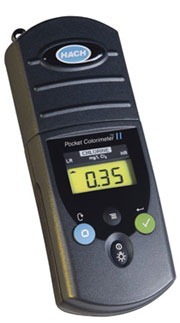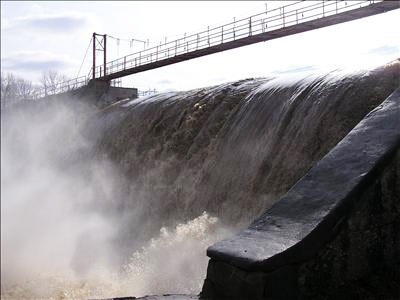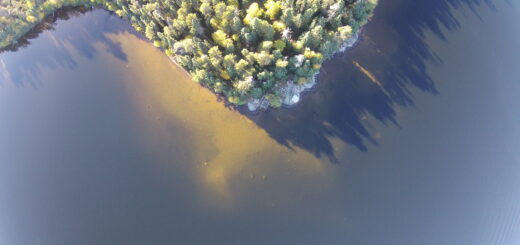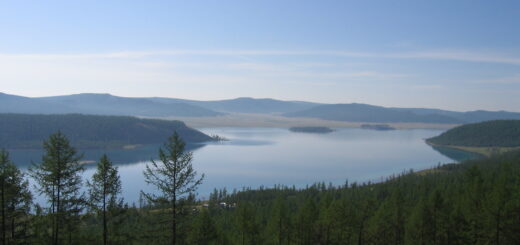Seasonal hypoxia in northern hemisphere lakes is common during the winter as sources of dissolved oxygen like plant and algae photosynthesis and diffusion from the atmosphere become less impactful on the system, often leading to declines in productivity. During the winter, lake photic ratios decline due to cloud cover, turbidity and potential ice-cover. The photic ratio is simply “defined as the ratio of light penetration depth in water to the maximum depth.”1
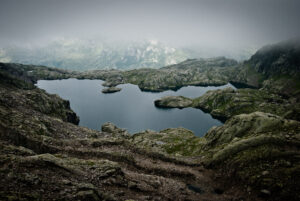
Lac Cornu (Credit: Didier Baertschiger via Flickr CC BY-SA 2.0)
Decreased light permeation reduces productivity and severe dissolved oxygen declines, leading to hypoxic conditions in some or all of the lake. Dissolved oxygen is vital for all aquatic life. However, climate change may extend the duration of seasonal hypoxic conditions.
While seasonal hypoxia is often expected, three variables2 were theorized to have dramatic impacts on how quickly the conditions begin and endure:
- Ice-cover duration.
- DO stock at the ice onset.
- Rate of DO decay under the ice.
The influencers of dissolved oxygen may be well-known, but the below-ice dynamics of dissolved oxygen are less understood. A 2023 study published in Limnology and Oceanography investigated dissolved oxygen dynamics under the ice in 14 mountain lakes.
Methods
The study presents a comprehensive database of temperature and dissolved oxygen concentration data across 14 mountain lakes located in the French Alps, joined with a set of attributes. The researchers first quantified the duration of hypoxia spatially (among lakes) and then temporally (among years within lakes).
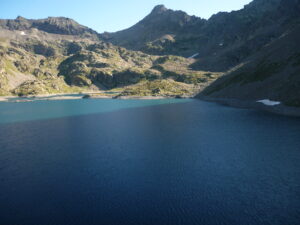
Lac Rabuons (Credit: Broenberr via Wikimedia Commons CC BY-SA 4.0)
The team then focused on the three variables most commonly associated with winter below-ice hypoxia (ice phenology, DO concentrations at ice onset or DO decay rate) to assess which was the main driver of hypoxia duration. The team went a step further in evaluating the relative contribution of the biogeochemical and physical controls to DO decay rates.
Results
The lakes surveyed are part of the observatory of the Sentinel lakes network, and data used was collected by autonomous temperature sensors (Tinytag® or Onset Hobo Water Temperature Pro v2) and a temperature-DO sensor (PME MiniDOT). Comparing hypoxic conditions between lakes, the researchers found that dissolved oxygen decay was the most consistent variable across lakes and was ultimately determined to be the driving factor behind hypoxia duration.
The team found that the duration of hypoxia was neither correlated to ice cover duration nor to DO saturation at the ice onset. Instead, the duration of hypoxia among lakes and years strongly depended on the DO decay rate, evident from the decay rate model being the best predictor of hypoxia duration in the dataset.
Sources
- Perga, M.-E., Minaudo, C., Doda, T., Arthaud, F., Beria, H., Chmiel, H.E., Escoffier, N., Lambert, T., Napolleoni, R., Obrador, B., Perolo, P., Rüegg, J., Ulloa, H. and Bouffard, D. (2023), Near-bed stratification controls bottom hypoxia in ice-covered alpine lakes. Limnol Oceanogr. https://doi.org/10.1002/lno.12341
- Terzhevik, A., and others. 2009. Some features of the thermaland dissolved oxygen structure in boreal, shallow ice-covered Lake Vendyurskoe, Russia. Aquat. Ecol.43: 617–627. doi:10.1007/s10452-009-9288-x
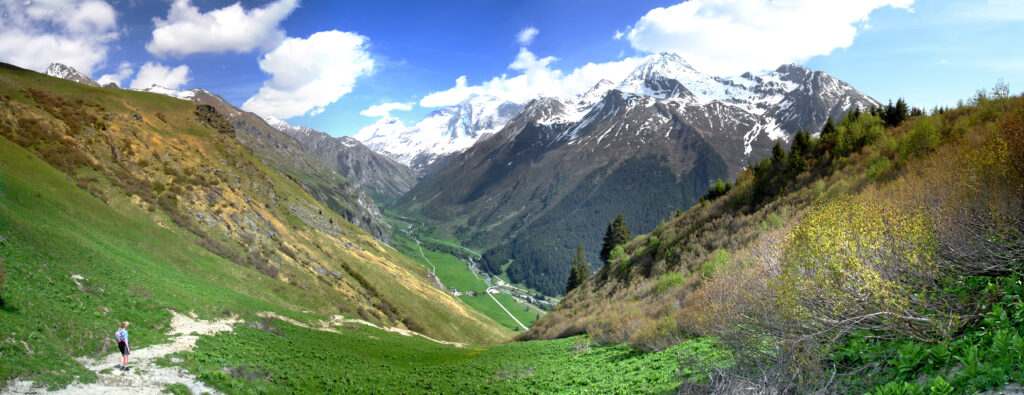
French Alps (Credit: strollerdos via Flickr CC BY-NC 2.0)




